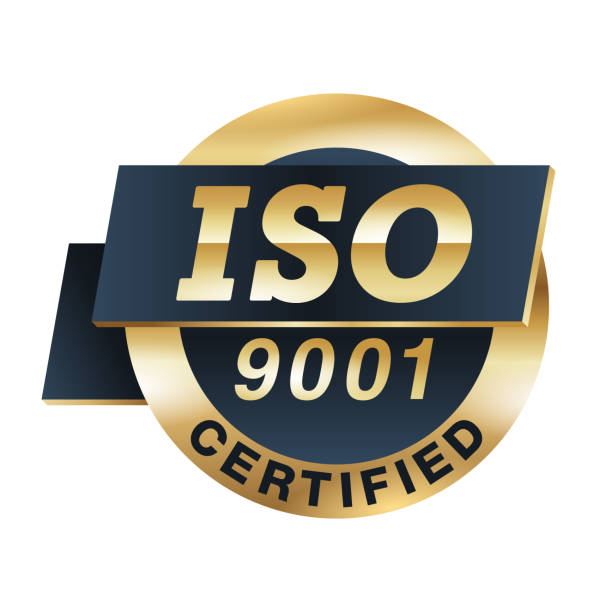5 Advantages of Long-wave Infrared (LWIR) Lenses

Most lenses can only capture images of objects that the human eye can see, but there is also an exception that everyone is most familiar with infrared (IR) thermal lenses, which can detect infrared light, which is a kind of non-visible light radiant energy. People can feel the heat of infrared light, but they cannot see the infrared light. At temperatures exceeding absolute zero (-273.15°C), any object emits heat radiation. The warmer the object, the more heat it radiates, which allows humans and other warm-blooded animals to stand out from colder backgrounds in infrared lens images.
The long-wave infrared (LWIR) lens is the most commonly used infrared lens, and it is gaining unprecedented wide applications. The following are the five advantages of the LWIR lens.
Enhance visual information and accurately measure temperature
Thermal imaging cameras work in three bands: mid-wave infrared (MWIR), long-wave infrared (LWIR), and very long-wave infrared (VLIR).
The VLIR band has the most limited application range. It is mainly used for spectroscopy applications (a laboratory technique that uses light reflected from objects to identify matter) and high-power telescopes in astronomy.
The MWIR band is best for detecting high-temperature objects-this is why most MWIR lenses must be cooled to approximately -196°C.
In contrast, LWIR lenses are best suited to work in an environment close to room temperature and do not require cooling. Most LWIR lenses are based on microbolometers, which are sensitive electrical detectors that convert infrared radiation into temperature to produce black and white or color images.
Therefore, the LWIR lens can realize the function of enhancing visual information and accurately measuring temperature.
Provide a more complete image
Since LWIR lenses measure heat rather than light, they are increasingly used in applications where traditional visible-light imaging cannot display enough information.
Protect the wild animal
The LWIR lens installed on the drone helps to change the protection of wildlife. Governments and NGOs around the world are using drones equipped with LWIR lenses to keep poachers away from endangered wildlife, including orangutans in Borneo, rhinos in South Africa, and elephants in Kenya.
By emitting high-frequency sound waves, drones can drive wild animals out of areas where they might be shot. In a recent pilot project in a Kenyan reserve, drone patrols reduced elephant and rhino poaching incidents by 96%. Currently, the Kenyan government is planning to deploy drones with LWIR lenses in its 52 national parks and reserves.
Can be used in the medical field
LWIR radiation measurement lenses have proven to be particularly useful in the medical field. The relationship between human body temperature changes and diseases is almost as old as medicine itself. Radiometric imaging can be used to diagnose and study diseases. Higher skin temperature can reflect some abnormalities or inflammations in the tissues, such as cancer, arthritis, and bone. Arthritis and fibromyalgia, etc. As LWIR radiation measurement lenses become smaller and cheaper, they are expected to become common tools for X-ray imaging and ultrasound imaging in hospitals and medical clinics.
Has unlimited potential
As the cost and size continue to shrink, LWIR lenses will show their talents in a wider variety of applications.
In international cricket matches, LWIR lenses have been used to check controversial penalties made by on-site referees. If the ball has been in contact with the player’s racket, the LWIR lens can show the heat generated. At international airports, LWIR technology helps prevent the spread of deadly diseases by identifying whether passengers have a fever.
The LWIR lens designed and produced by QUANHOM can detect extremely small temperature differences and supports resolutions up to 1280x1024 (SXGA). If you want to learn more about the knowledge of the LWIR lenses after reading the above content, you can contact us for a comprehensive solution.
As a professional manufacturer of thermal infrared lenses (including LWIR, MWIR, and SWIR), we have won praise and trust from many customers with our excellent technology and high-quality products. We have a professional production team and a range of quality control. At the same time, we can also provide thoughtful one-stop service according to customer needs. If you are interested in our LWIR lens, please contact us immediately!

